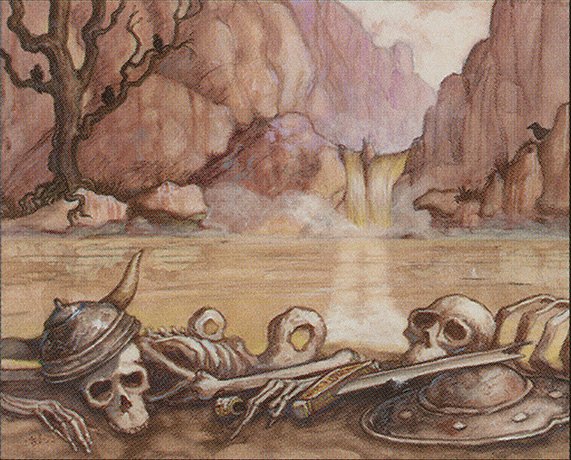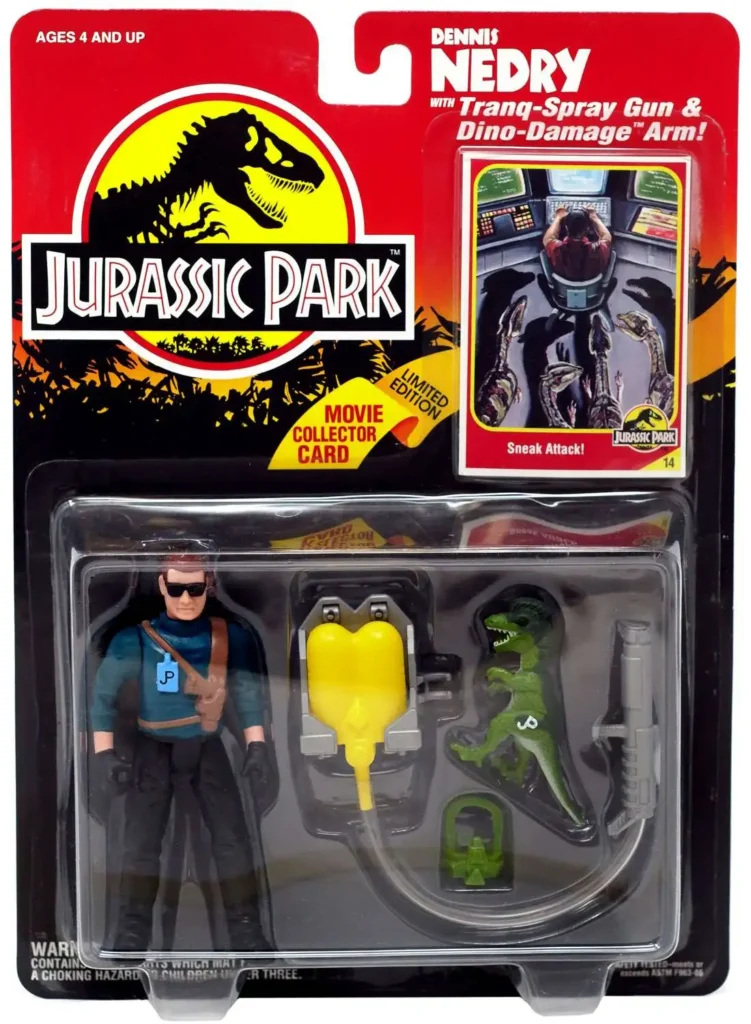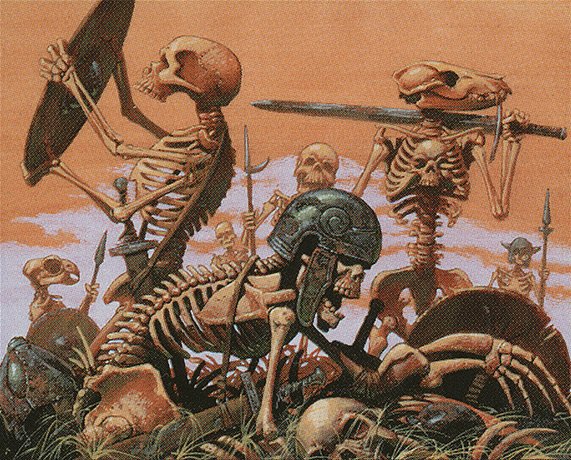I’ve been on the road a great deal for work over the last few weeks, so I’ve spent a half-dozen nights in various business suites in hotels across the Carolinas.
Spending the night alone in a hotel—particularly for a work event—gives me the howling fantods. The A/C kicks on and I wonder how long it would take someone to find my corpse if I had a sudden cardiac event. I think of all the people across the last three generations that passed through rooms just like this, filling them with diner food flatulence and aerosolized coffee gut-miasma, and how many of them died ugly, lonely deaths*. Every surface is slick with the metaphysical residue of restlessness, all damp pillows and cheap upholstery rubbed shiny by desk-softened asses. I look at the refillable shampoo dispensers, anchored to the shower wall, and I think of the endless micro degradations of capitalism and the mistrust it breeds within us all.
*trick question: every single death is ugly and lonely.
These road trips are especially disruptive these days because they keep me apart from my toddler. I’ve gotten used to reading to her and tucking her in every night, and when I’m unable to do so, because I’m working on slide decks and spreadsheets under the bleaching light of a Hilton, I feel the indignity and the separation intensely. She’s big into the Toy Story movies right now, a franchise about which I feel very conflicted—I loved the first two as a child myself, but, as an adult, there’s something suspicious about them. Sid is punished for being an artist, and Andy is rewarded for being an archconsumer. The movies push a pathetic fallacy narrative—that your toys are sentient beings, with feelings and desires, who can love you back as intensely as people, and I find that a really corrosive message. Terry Pratchett’s Granny Weatherwax claimed that all sin begins when you start treating people like things, but I think it’s another sin to treat things like people—empathy should be reserved for other people, not for our possessions. The Toy Story films try to thread the needle between fetishizing childlike wonder and condemning adult greed—Andy’s innocent love of his playthings is contrasted with Al’s dreams of what they could fetch on the nostalgia market—but it’s still making a virtue out of consumption, pushing a version of play whose borders are defined by a corporation that wants to sell you and your children the same lumps of plastic and batteries generation after generation. I recognize that this is a somewhat ridiculous line of thought—the sort of humorless hypercritique that scares people away from the political left and that gets you endless “let people enjoy things” .jpgs sent your way—but this is the kind of spiral I enter when I’m staying alone in a hotel for work. So, during one of my recent solitary stays, I did what I always do when existence weighs exceptionally heavy upon me: I fled the hotel like I was pursued by a revenant and went to drink a flight of local beers and track down a games store.
I was in Greenville, SC, so my one option was Boardwalk, a welcoming and well-lit space, with a central shopping area and satellite rooms with Commander games, Warhammer 40,000 sessions, and some unidentified grognard-y miniatures game in full swing at 7 p.m. on a Thursday. I didn’t bring any decks with me, so I stuck to perusing the store’s stash of binders. The most exciting were something that not every store stocks: two binders labeled “Dents and Dings.” Damaged cards hold a certain mystique for me, as they do for many long-time players. I have cards that I treat like precious possessions—I keep my Junji Ito Elesh Norn triple-sleeved, even in play—and I have cards that I treat like my favorite books, which is to say they travel rough. I’m hard on books—I fox-ear pages to save choice paragraphs, I break spines, I read while eating chicken tikka masala and soaking in the bath—and so the books I’ve read multiple times look like they’ve been in the trenches. If there’s a crispy book on the shelf, you can be assured I haven’t gotten to it yet. It’s the paradox of consumerism: back when I used Spotify, my year-in-review playlists were full of disposable music, because that’s a disposable platform, while music I actually wanted to engage with was bought on Bandcamp or on wax. It’s the same with Magic—my most precious cards are either gem-mint or Sharpie-bordered and shuffle-abraded.

Stream of Acid by DiTerlizzi
The damaged binder at Boardwalk wasn’t an impressive offering compared to the damaged bins you’ll find at major conventions—the employee responsible for the project had moved on to a different job, the clerk told me—and so I just walked away with a Revised Demonic Hordes and Starter 1999 Stream of Acid for a total of $2. Neither one is a card I need—the world’s worst Befoul and a card that’s been outclassed by Helldozer for twenty years aren’t destined for anything but my own personal bulk box—but I can’t resist a deal on a well-loved card. Every scratch and ding and whitened corner is proof that a card saw play, even temporarily, even just for a night of Limited or for long enough for a tyro player to learn that there are better options than Open Fire. A perfectly pristine card is an untattooed corpse, a sealed Alpha booster box in a condemned storage unit, a block of fine-grained marble untouched by chisel–an artifact of wasted potential. I was born in 1986, which means I grew up in a world where we started playing Magic without sleeves, where most toylines included the miraculous phrase “battle damage.” One of my prized possessions as an eight-year-old was an action figure of Dennis Nedry from Jurassic Park with “dino damage arm,” meaning you could pop it out of its socket. The figure looks absolutely nothing like Wayne Knight, is as disposable as any other nineties lump of plastic, and it comes with a puzzling squirt-gun accessory. As a kid, I adored it and the macabre pop-off arm.

“Battle damage” is a gimmick to sell more action figures, of course. Once you have one Spider-Man action figure, you have all the Spiders-Men you theoretically need—so some marketing genius/reprobate figured out how to get consumers to double-dip by creating new models with torn costumes, visible scarring, etc. It’s the same reason my daughter’s Disney movies have so many costume changes–sure, she has the Elsa-singing-”Let It Go” doll, but she doesn’t have “battle-ready Elsa” or “coronation Elsa” yet. It’s a toyetic world out there.

Helldozer by Zoltan Boros & Gabor Szikszai
I want us to stop seeing Magic cards as “damaged” and see them as “scarred.” Sam from Rhystic Studies has the ur-text, as he does for so many topics, in praise of damaged cards with his “Dear Gonti, Love Sophie” video, which chronicles Douglas “DJ” Johnson’s project of a Gonti Commander deck that uses exclusively damaged and/or valueless cards, from a literally dog-chewed Liliana, Dreadhorde General to a Mana Crypt with Sharpied tallymarks for coin flips. I come back to this video about once a year, every time I open a box of unsorted cards and realize that storing unsleeved cards in the humid climate of South Carolina is suboptimal if you’re focused on preserving value on the secondary market.
A case study: in 2011, when I got truly serious about Commander, I left my beloved Savra, Queen of the Golgari deck in my Corolla’s trunk overnight—a rookie maneuver, and even more foolish when you know the trunk has a faulty latch and you’re guaranteed to get a summer thunderstorm that afternoon. Some of it was salvageable, and the cards that were just barely salvageable—a Birthing Pod whose foil layer bubbled up, a Sheoldred, Whispering One who warped into something close to a Möbius strip, my first Overgrown Tomb now looking closer to a Watery Grave—have become cherished parts of my collection, far more valuable to me than pristine versions of the same cards. I may not be as Zen as DJ or Sam, but for me, “sleeve-playable damaged” is one of the finest phrases in Magic collecting.
As Magic moves further into the collectible space, adding serialized cards, alternate art chase cards, and whatever else Wizards has planned, it’s up to us to determine whether this is an act of celebration or desperation. It’s also us to determine whether a card’s worth is determined by what it will fetch on the secondary market, or by the games it participated in. We have to decide individually whether a card is valuable because it went from the printer’s directly to a plastic case, or because there was a decade’s worth of intermediary steps between those stages—riffle-shuffled raw at a Friday Night Magic draft and thrown unsleeved into a Commander “maybe” pile, bounced around in a plastic box until the corners round, branded by a binder’s rings, face scuffed by being drawn across concrete. I can’t answer that for you, but I can ask that you consider it.

Skeleton Scavengers by Brian Snõddy
When I came home from Greenville, my daughter greeted me at the door in her Halloween costume, which has entered her regular sartorial rotation. After we caught up, and she told me about what she had been up to in my absence, she handed me the treasure chest she painted me for Father’s Day, which I’ve filled with worthless cards for her to bend and score and scratch. “Daddy,” she said, “show me a skeleton.” I did, of course: a Skeleton Scavengers that would rate, at best, a HP from the most generous grader, and yet: to me, it’s a perfect card.
Rob Bockman (he/him) is a native of South Carolina who has been playing Magic: the Gathering since Tempest block. A writer of fiction and stage plays, he loves the emergent comedy of Magic and the drama of high-level play. He’s been a Golgari player since before that had an official name and is never happier than when he’s able to say “Overgrown Tomb into [mtg_card]Thoughtseize,” no matter the format.

